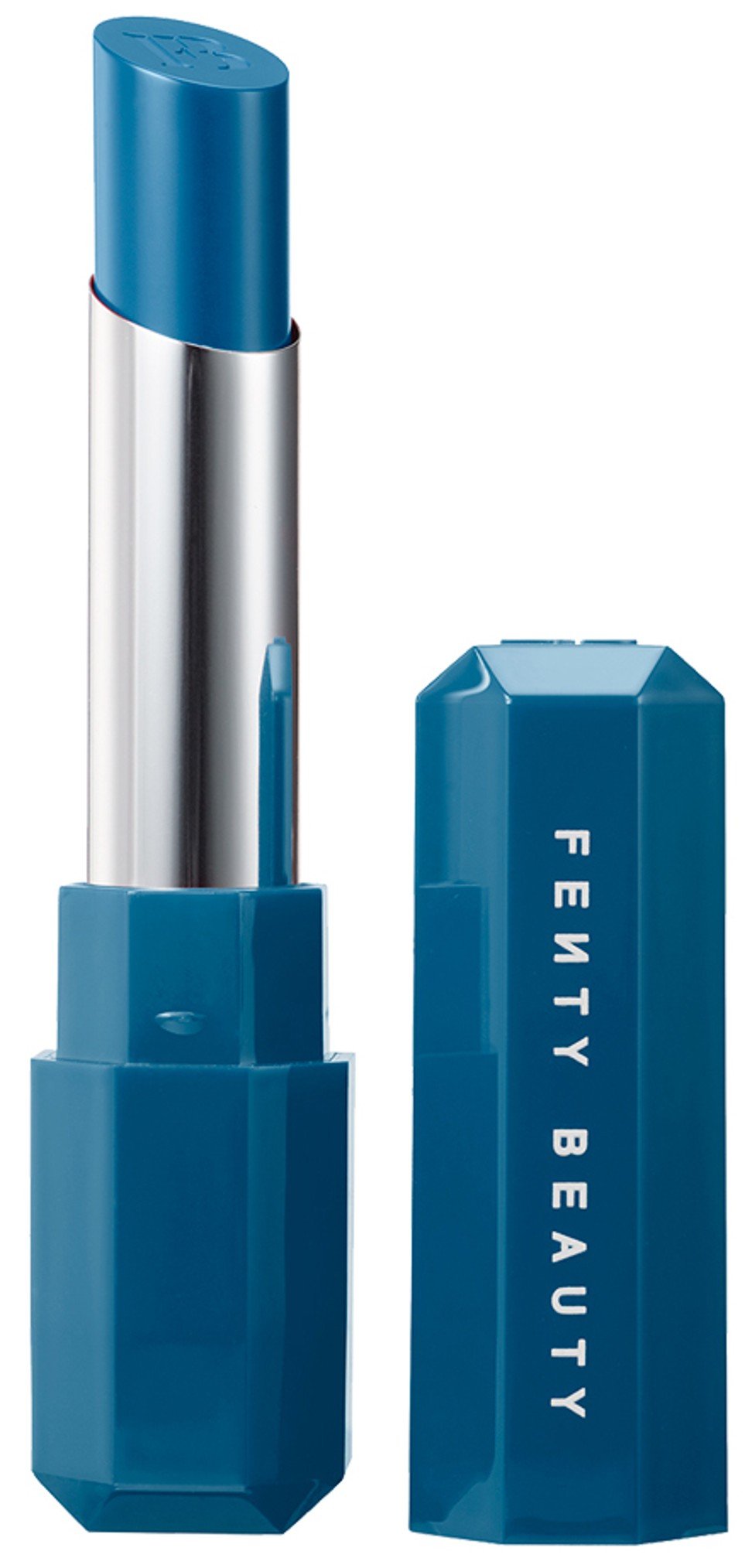
Climate change: will young shoppers stop buying luxury goods to help save the planet?
- Flygskam, or ‘Flight shame’, has stopped people flying because of the environmental damage it causes, and the fashion industry is now under scrutiny
- Driven largely by Chinese shoppers’ huge appetite for classic brands, more natural resources are being used than ever before
“Flygskam” (or flight shame) has made some people too embarrassed to fly because of the damage to the planet. Might fashion be the next business to suffer as consumers put on their environmental hair shirts?
The clothing and footwear industries (of which luxury is only a part) contribute about eight per cent of global C02 emissions, according to Quantis, an environmental consultancy. The Ellen MacArthur foundation, a non-profit organisation, estimates that the textiles business generated more greenhouse gas emissions in 2015 than all international flights and shipping combined. There’s plenty here to infuriate Thunberg.

Reliable data on the luxury industry’s environmental performance isn’t easy to come by, but one group (made up of Global Fashion Agenda, an industry forum, the Sustainable Apparel Coalition and the Boston Consulting Group) has had a go at creating a scorecard. This “Pulse Score” is based on elements such as the ecological smartness of product design, raw material use and manufacturing processes. Getting 100 would be perfection on sustainability; nobody comes close to that.

Yet one cannot ignore the scale of that industry impact. The luxury goods makers have enjoyed more than three years of blockbuster growth, driven largely by Chinese shoppers, meaning they’re gobbling up more natural resources than ever. The natural materials favoured by the fashionable elite have the worst effect on the environment (silk is a particular disaster).
Kering, founded by Arnault’s great rival Francois Pinault, does at least try to be transparent about the damage it does. It publishes an environmental profit and loss account, which put the cost of its impact on the planet in 2018 at about 500 million euros (US$549 million). It estimates that about three-quarters of this came from raw materials processing and production. Still, while it’s honest of them to publish these data, the harm is still being done.
Yet no matter how much attention the industry pays to the planet, the [fashion] business is still about getting people to spend money on stuff they could live without
LVMH has kept a lower profile, though it does perform well on one measure. Morgan Stanley analysts say that the more a luxury company does its own manufacturing, the better it performs on environmental, social and governance targets. That is because some of the worst industry practices happen in the supply chain away from the direct control – and responsibility – of the parent.
As Arnault’s attack on Thunberg highlighted, there’s a reason why these companies are trying to mend their ways: younger shoppers, including Chinese ones, are demanding it. In 2018 all of the industry’s growth came from the under-40s, according to consultants at Bain & Company. Those consumers are more likely to be loyal to brands with a conscience.

Yet no matter how much attention the [fashion] industry pays to the planet, this business is still about getting people to spend money on stuff they could live without. If the rich can be shamed into giving up their far-flung holidays, what does the future hold for Gucci’s diamond belt?

